The Power of Positive Peer Influence in Teenagers
The behavior, identity development, and decision-making of adolescents are significantly influenced by their peer groups. Although peer influence is commonly linked to risky behaviors it also acts as a significant positive developmental force. This blog examines methods to develop positive peer relationships which help teenagers while presenting techniques to reinforce constructive peer influence within school settings and counseling services.
Understanding Peer Influence in Adolescence
What is Peer Influence?
Peer influence describes how individuals who share the same age or social standing affect each other's mental outlooks as well as their actions and beliefs. As teenagers experience an increased need for social acceptance during adolescence they frequently turn to their peer group for guidance on behavior and appearance choices along with speech and thought patterns. Peer influence emerges through small changes like using similar slang or through major behavioral transformations such as starting new activities or changing study habits.
Why Adolescence is a Crucial Phase?
Adolescents experience quick transformations in their physical state along with emotional and cognitive development. During their period of discovering who they are teenagers experience heightened sensitivity towards acceptance from social groups. As teenagers seek independence from their parents they lean more heavily on their friendships which heightens peer influence over their decisions.
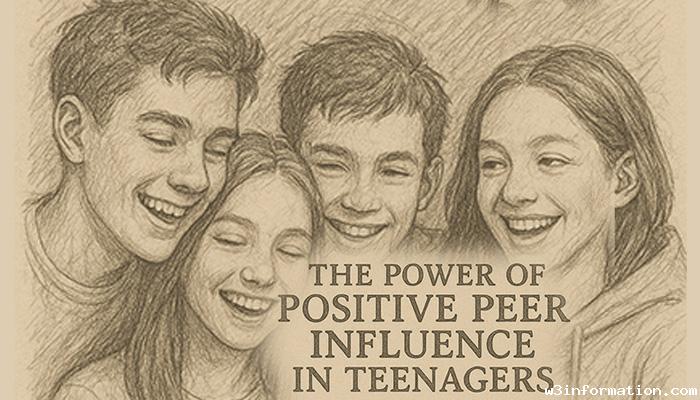
The Dual Nature of Peer Influence
Negative Peer Influence:
A Common Concern
Negative associations with “peer pressure” include behaviors like smoking and school truancy along with bullying and dangerous activities. Teenagers occasionally adopt group norms that challenge their values or harm their well-being to avoid social exclusion or receive acceptance. Examining peer influence solely from a negative perspective fails to recognize its beneficial aspects.
Positive Peer Influence: An Underrated Force
While peers can lead each other into negative behaviors, they also hold the power to promote scholastic achievement and support emotional development. The presence of peers who display positive behaviors such as kindness and curiosity helps teens adopt these traits through internalization and replication.
Benefits of Positive Peer Influence
1. Academic Motivation and Achievement
Peers can significantly affect academic performance. Students who spend time with motivated high-achieving friends tend to become more focused on their studies. Students who interact within peer groups develop a normalized approach to academic hard work which encourages healthy competition alongside collaborative studying and joint objective formulation.
Example: Students who form study groups to support each other can motivate a struggling math student to seek help and work on their improvement.
Emotional Support and Resilience
Teenagers tend to share personal thoughts and feelings more frequently with their friends than with adults. During emotional instability peers provide important validation and companionship which helps build empathy among friends. Emotional buffering strengthens psychological resilience while simultaneously decreasing the risk of depression and anxiety.
Example: A young person dealing with familial difficulties can find solace from a sympathetic friend who listens without passing judgment which supports them in constructive emotional management.
3.Development of Social Skills
Through their interactions with peers teenage individuals acquire important social abilities such as listening attentively, resolving conflicts, working together, and understanding others' feelings. Peer group exposure to various perspectives builds tolerance and enhances perspective-taking abilities.
Example: Group projects teach negotiation and adaptability along with turn-taking which forms the foundation of successful adult relationships.
4. Promotion of Healthy Behaviors
Through mutual support peers inspire each other to take part in physical activities while consuming healthy meals and steering clear of harmful substances. Positive behaviors become more attractive and maintainable when they establish a norm in peer groups.
Example: The commitment to health and performance shared by sports team members helps prevent teenage substance use.
5. Positive Identity Formation
A teenager's perception of their own identity is influenced by their peer interactions. Teenagers who experience acceptance and value from their peers develop stronger self-esteem which prompts them to appreciate their own strengths.
Example: Artistic teenagers who struggle with shyness gain confidence through joining an art club that values creativity and self-expression.
Encouraging Positive Peer Influence: Strategies for Parents, Educators, and Counselors
1. Promote Group-Based Learning and Collaboration
Structured group activities in classrooms and extracurricular environments enable students to learn from their peers while building positive interdependence among themselves. Through intentional grouping educators can build diverse teams to foster peer mentoring and mutual respect.
Tip: Students should experience different group members frequently to expand their peer interactions and establish inclusive social networks.
2. Facilitate Peer Leadership Opportunities
When students assume leadership positions through activities like mentoring juniors or organizing events they grow as positive role models while encouraging constructive peer influence.
Tip: Older students should assist new students by participating in buddy programs and offering peer tutoring services.
3. Encourage Open Dialogue About Peer Pressure
When teens learn to identify healthy versus harmful peer influences they develop self-awareness that enables them to make decisions based on informed understanding. Students can develop both critical thinking skills and assertiveness through group counseling sessions combined with classroom discussions and role-play exercises.
Tip: Real-world examples and media segments provide effective starting points for discussions about defending personal values.
4. Create Safe and Inclusive Environments
Teens who experience safety in their environments develop genuine peer relationships based on support. Youth programs and educational institutions need to establish emotional safety as their top priority while ensuring inclusive environments and respecting different cultures.
Tip: Set explicit guidelines for respect and teamwork together with kindness for every group interaction.
5. Recognize and Celebrate Peer Role Models
Celebrating student behavior that demonstrates integrity and empathy as well as academic efforts highlights the importance of positive behavior. Peer recognition programs enhance the impact of positive examples set by constructive role models.
Tip: Students should choose monthly "Peer Champion" award nominees for demonstrating helpfulness, courage, or kindness.
The Role of Technology and Social Media
The Role of Technology and Social Media
The Digital Peer Landscape
Today's teenagers receive social influence from both their direct peer groups and from digital networks on social media platforms. This expansion of their social networks connects them to wider communities but introduces increased risks such as comparison, cyberbullying and validation through peer interactions.
Using Technology Positively
When teens follow inspirational figures online and engage in awareness activities while demonstrating their skills and supporting important causes digital spaces serve as platforms for positive peer influence.
Tip for Parents and Educators:
Discuss digital citizenship regularly.
Guide teenagers towards following online creators who promote educational content, compassionate behavior and social advocacy.
Invest in student-directed social media projects that advance educational goals and mental health.
When Peer Influence Becomes Problematic
Signs to Watch For
Within peer groups that appear positive certain dynamics may develop into unhealthy patterns. Awareness of the following warning signs must be maintained:
Peer dependence or loss of individuality
Bullying masked as “teasing” or peer control
Students who quickly shift their values and habits to become accepted by their peers
Supporting Teens in Navigating Influence
Teenagers gain support from adults who provide guidance without passing judgment. Through open dialogue and supportive questioning while validating their emotions teens learn to understand peer dynamics to regain control over their lives.
Helpful Phrases to Use:
1)What's your opinion on your friend's recent choice?
2)“How did you feel in that moment?”
3)“What would you have done differently?”
The Counselor’s Role in Harnessing Positive Influence
School counselors and youth workers serve as mental health professionals who can direct peer influence toward development and health. Life skills programs and peer mentoring schemes along with group counseling sessions should be developed to meet this objective.
Group Counseling and Psychoeducation
Facilitated peer groups provide a secure environment where members can express their emotions and develop empathy through shared experiences. Proper guidance transforms group dynamics into powerful healing and empowerment agents.
Peer-Led Initiatives
Trained peer mentors play a crucial role in suicide prevention efforts as well as anti-bullying campaigns and emotional wellness programs. Their ability to relate and approachability positions them as powerful agents of change.
Conclusion
The social force of peer influence depends entirely on the surrounding context and group values rather than being naturally good or bad. Adults who create spaces centered on respect and empathy alongside personal development help teenagers use peer influence positively for their growth. Young people should be empowered to select relationships that uplift them and support their highest potential across classrooms, homes, counseling centers, and online spaces.
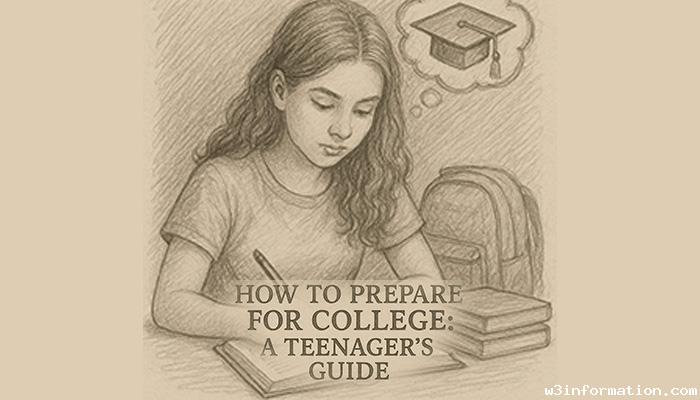 How to Prepare for College: A Teenager’s Guide
How to Prepare for College: A Teenager’s Guide
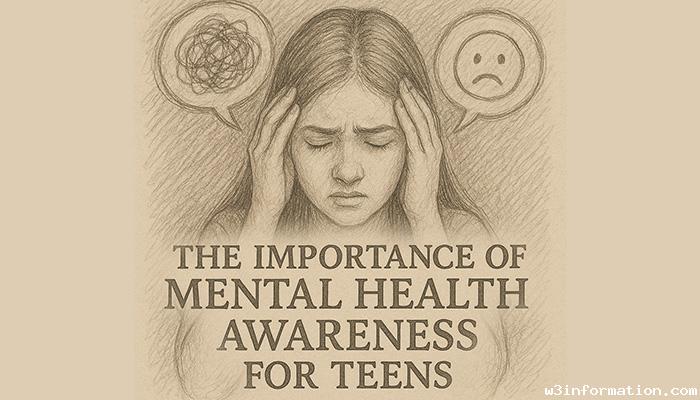 The Importance of Mental Health Awareness for Teens
The Importance of Mental Health Awareness for Teens
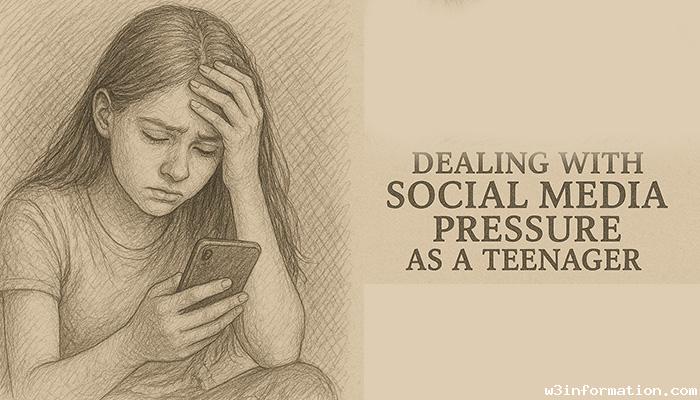 Dealing with Social Media Pressure as a Teenager
Dealing with Social Media Pressure as a Teenager
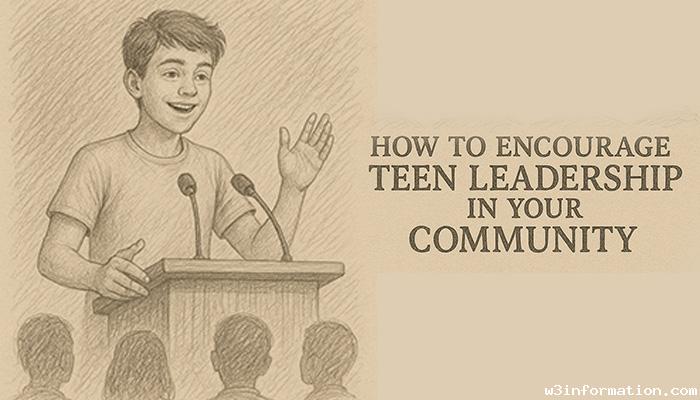 How to Encourage Teen Leadership in Your Community
How to Encourage Teen Leadership in Your Community
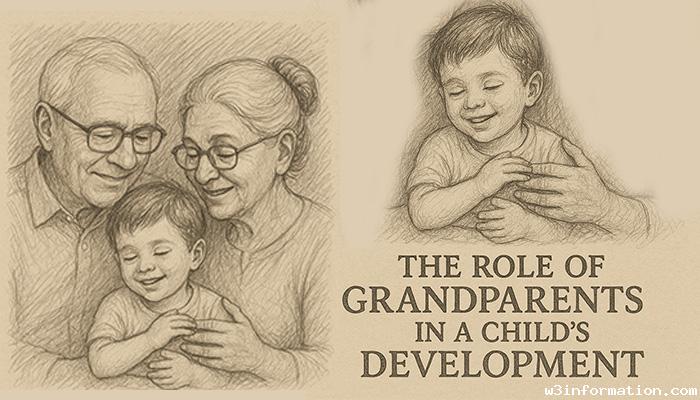 The Role of Grandparents in a Child’s Development
The Role of Grandparents in a Child’s Development